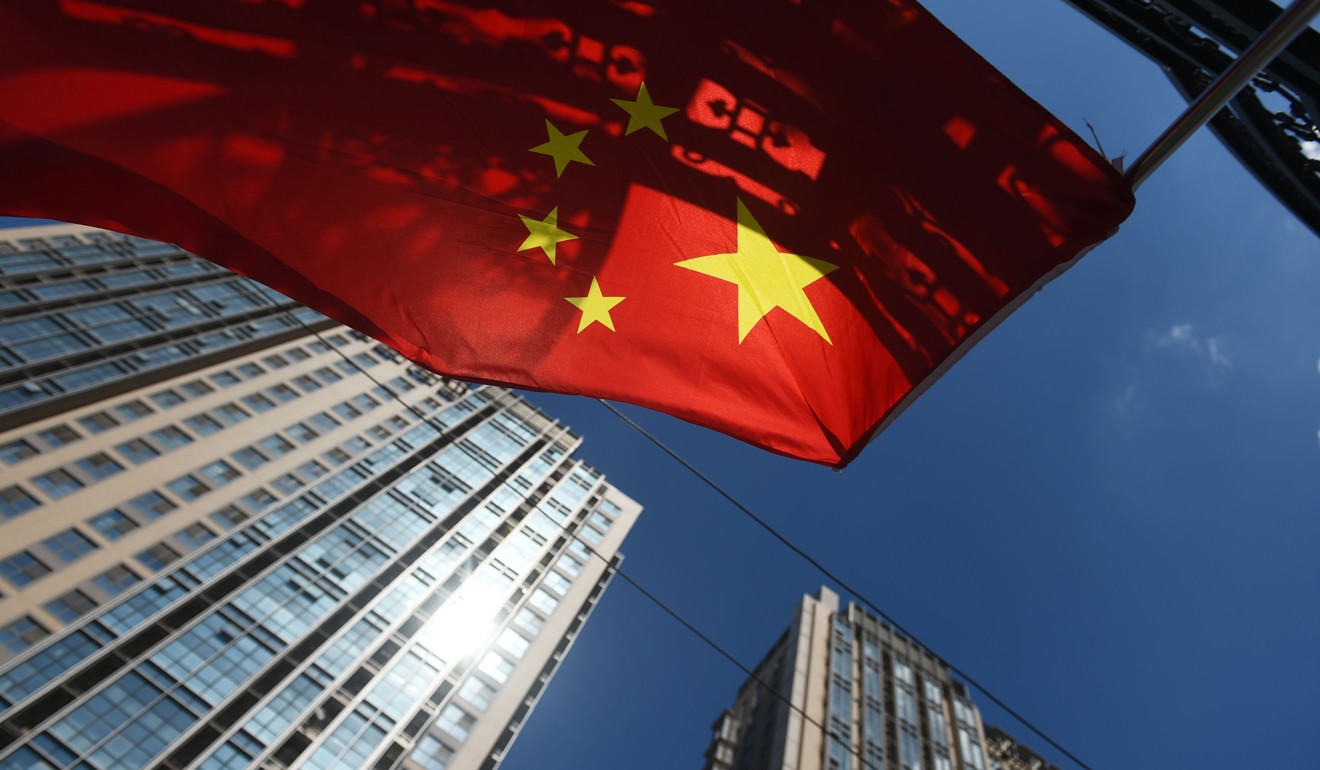
Don’t panic: here’s why Chinese stocks will continue to rise
China is following a similar trajectory to that of Japan in the 1970s and 1980s, and of Taiwan and South Korea in the late 1980s to the 2000s. And that’s good news if you’re investing for the long haul
Stock market investors around the world are getting worried. In the United States, share prices have almost quadrupled since their low point in the depths of the financial crisis. By some valuation measures that has left stocks looking more expensive than at any other time in history, except for immediately before the great market crashes of 1929 and 2000.
On the first of those occasions, prices fell by 90 per cent over the following three years. On the second they declined 50 per cent over the next two and a half, with technology stocks falling by 80 per cent.
Investors in Chinese shares are feeling nervous too. The stocks of Chinese companies listed in Hong Kong have climbed by more than 50 per cent since early last year, driven largely by a re-rating of the shares in China’s big state banks.
Yet warnings abound that the ballooning of China’s domestic debt over the past 10 years threatens the economy with a financial crisis on a scale to match the US sub-prime crunch of 2008. And memories are fresh of the last big stock sell-off in 2015, which saw Hong Kong-listed H-shares fall by half in a little more than six months.
WATCH: Chinese stock markets plunge after yuan devaluation
Whatever happens, it is a sure bet that Chinese equities will be volatile, especially given the penchant of mainlanders for momentum buying rather than investing on valuation. Nevertheless, if the history of East Asia is any guide, there are reasons to believe that Chinese stock markets will continue to rise over the coming years, in a sustained bull market that could far eclipse even the run-ups seen since early last year.
The real reason China’s central banker is ringing the alarm
That conclusion is based on the observation that China is following a similar economic and financial trajectory to those traced by Japan in the 1970s and 1980s, and by Taiwan and South Korea from the late 1980s to the 2000s. Like its neighbours before it, in the early phase of its economic development China adopted a policy known to economists as “financial repression”. In a nutshell, the government kept a tight grip on the financial system, restricting private investment opportunities and holding interest rates artificially low to steer cheap capital into favoured industries and infrastructure projects. Of course, this approach meant ordinary savers earned very little on their bank deposits, so the government also maintained tight capital controls to prevent them taking their money elsewhere in search of better returns abroad.

It’s what Japan did in the late 1970s and early 1980s, deregulating lending rates and capital markets, allowing greater financial sector competition, and loosening capital controls. And it’s what Taiwan and South Korea started to do in the late 1980s. In each case the road was bumpy, but the direction of travel was much the same: even as economic growth slowed, the relaxation of financial repression saw the returns earned by investors balloon over the subsequent years.
Remonetisation, or the Great Indian Hope Trick
Consider Japan: as the government eased its grip on the financial sector, between the early 1970s and the mid-1980s share prices more than quadrupled. In the following five years they quadrupled again, as excessively low policy rates fuelled the bubble economy. In Taiwan, deregulation in the late 1980s inflated one of the greatest stock market bubbles in history, with the local equity market index climbing more than 12-fold. That bubble burst. Nevertheless, the 1990s still saw the stock market quadruple. Similarly in South Korea, the end of financial repression ignited a long term stock market boom. Yes, it was interrupted by the Asian currency crisis of 1997. Even so, since the early 2000s, local stock prices have risen five-fold.

Once again, the road has been bumpy. The authorities have struggled to control periodic excesses, generated largely by their own easy monetary policies. Nevertheless, China is well on the way to relaxing the heavy financial repression that characterised the 2000s. The experiences of Japan, Taiwan and South Korea before it suggest that over the next 10 years or so that relaxation could generate returns for shareholders far in advance of the 50 per cent gains enjoyed by H-shares since early 2016. Investors will need a steady nerve. But if they are in it for the long haul, they should not fret too much about the prospect of a near term correction. History suggests that the long term prospects are bright indeed. ■
Tom Holland is a former SCMP staffer who has been writing about Asian affairs for more than 20 years

